Since 2008, South Korea has aggressively pushed the development of the fuel cell markets for stationary and mobile use. The driving factor behind the government’s decision was the global economic crisis, which led to an equally painful economic downturn in Asia. In the country officially called the Republic of Korea, it awakened dark memories of the Asian economic crisis at the end of the 1990s, as this one had just occurred a decade ago and had forced the republic to instigate sweeping changes in the financial and economic sector in order to avoid a sovereign default. With 2008‘s Low Carbon, Green Growth program, the government again paved the way for a structural change of the economy, this time toward “green” technologies. Today, South Korea is one of the world leaders in the IT, shipbuilding and automotive industry.
As one could guess from the name of the program, the country has since pushed forward the expansion of renewable energies and alternative energy technologies, especially for power generation and transport. The new and renewable energies (NRE) entail PV and solar thermal, wind, water and wave energy, geothermal and biomass, and alternative energy technologies, such as fuel cells and hydrogen as well as the liquefaction and gasification of coal. Besides the aim of creating new, high-growth business fields and, consequently, jobs by focusing on these new energy technologies, South Korea also intends to reduce its imports of the fossil fuels oil and coal with it (the country does not have any resources of either) and, at the same time, combat climate change. The country ratified the Kyoto Protocol in 2002 and has since had to find a sustainable path to lower GHG emissions.
When the government program was passed, the share of renewable energies was around just …
Large fuel cell plants
To meet the NRE expansion targets as specified in the government program, South Korea has created various subsidy or incentive programs for the power industry and for building and transportation since 2011. Fuel cells play an important role in generating electricity…
Building energy supply is divided into private (apartments, industry) and public use (administrative, school buildings, public institutions, such as residential homes and hospitals). The South Korean government provided USD 554 million in 2015 for the further expansion of fuel cell plants. But since the NRE program was introduced in 2011, incentives have decreased continually.
These are the currently running subsidy programs:
- 1 Million Green Homes Project
This subsidy program aims at equipping …
- Installation of NRE Technologies in Large Newbuilds (e.g., schools, administrative and office buildings, as well as hotels)
Since 2009, NRE systems with a total capacity of …
- Feed-in-Tariff FIT for power from NRE systems (discontinued)
From 2001 to 2011, the country paid the difference between the market price of electricity (set by the government) and the marginal cost of NRE systems for 15 to 20 years. During those ten years, the program prompted the installation of 2,089 plants with a total capacity of 1,030 MW. The figure includes 20 fuel cell systems of altogether 50.5 MW.
- Renewable Portfolio Standard (RPS)
Seventeen energy suppliers which generate at least …
- Program for Technology Development and Cost Reduction
This program is primarily based on the Hydrogen City Ulsan project. The aim …
Fuel cells in transportation
Besides the market introduction of fuel cell vehicles, the primary goal in transportation in South Korea – as almost everywhere else – is to set up H2 filling stations and the related infrastructure for creating, supplying and distributing hydrogen. The vehicles are all from South Korea’s leading carmaker, Hyundai, which has been researching and developing fuel cell engines since 1998. By its own account, Hyundai had so far manufactured more than 600 SUVs and buses and demonstrated the potential of the engine technology. Between 2009 and 2013, the company tested a small series of 100 Tucson fuel cell models in South Korea. The trial run experiences were used as a basis for the design of the carmaker‘s first official fuel cell model, the ix35 Fuel Cell, which Hyundai presented to a global audience in February 2013 and which it has since offered to customers for leasing, especially in the US and Europe.
The South Korean government allocated around …
Establishing a national fuel cell industry
South Korea has shown great interest in building up its own industry for fuel cell systems, including development, manufacturing and installation. The strong growth of the South Korean fuel cell market over the past years has primarily been a result of acquisitions of or joint ventures with North American fuel cell companies. The first company that deserves a mention here is South Korean conglomerate Doosan, which took over US fuel cell manufacturer ClearEdge Power (formerly, UTC Power) in 2014. In 2012, South Korean electronics corporation LG acquired a 51% stake in American Rolls-Royce Fuel Cell Systems. Together, the two companies have been developing SOFC systems for power generation, which are said to be used for the first time in South Korea in 2017. And since 2007, US fuel cell producer FuelCell Energy has been in close collaboration with one of the largest private energy providers in the country, Posco Energy.
Canadian fuel cell manufacturer Hydrogenics founded a joint venture together with South Korean energy utility Kolon Water & Energy in 2014, in order to install and operate PEM-based systems in Korea. During the same year, American fuel cell company Plug Power and South Korean steel corporation Hyundai Hysco …
Author: Alexandra Huss




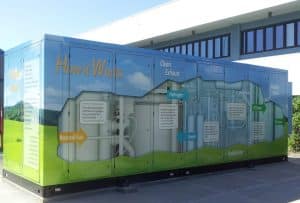























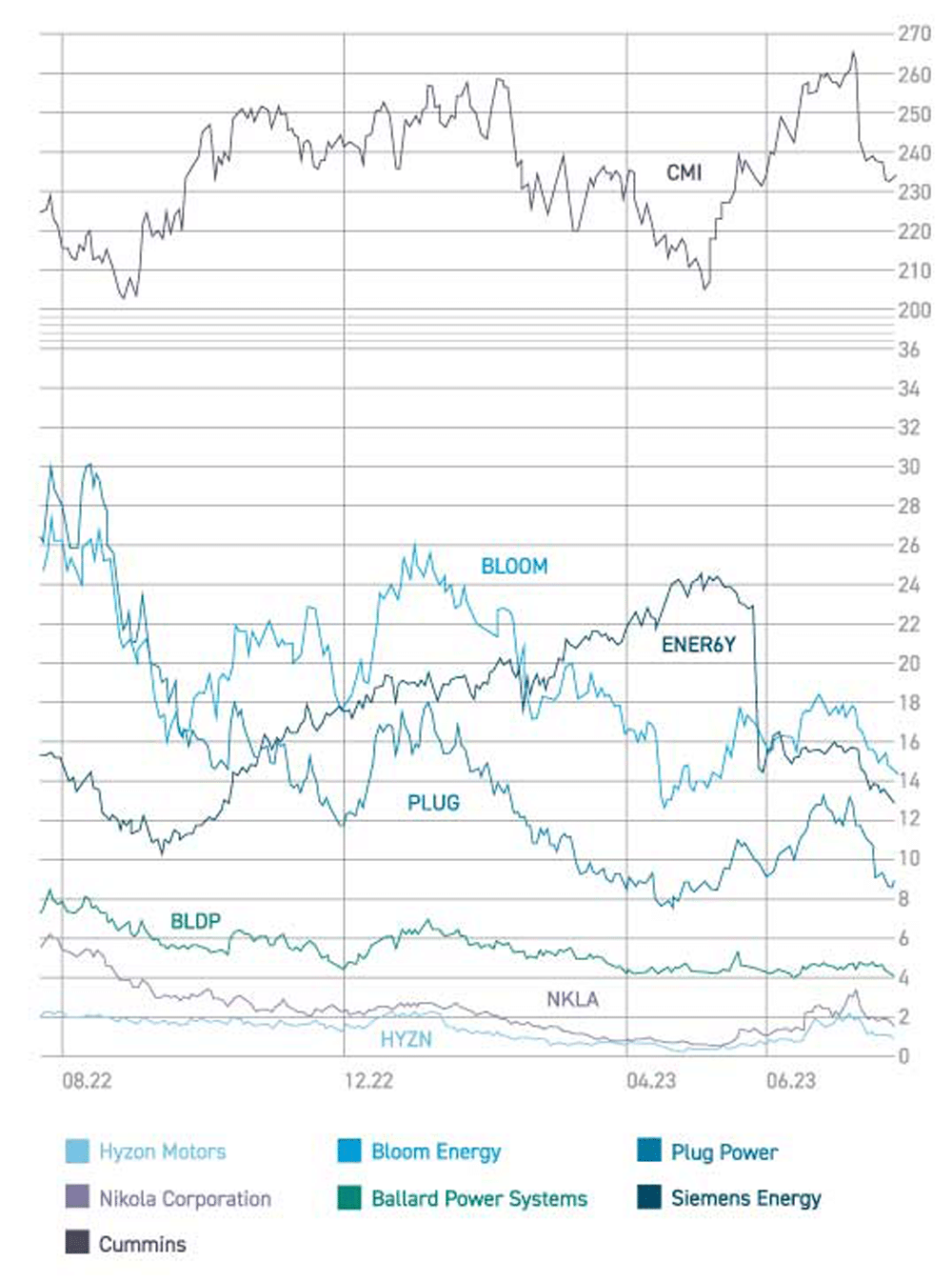
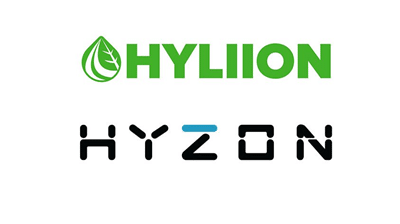
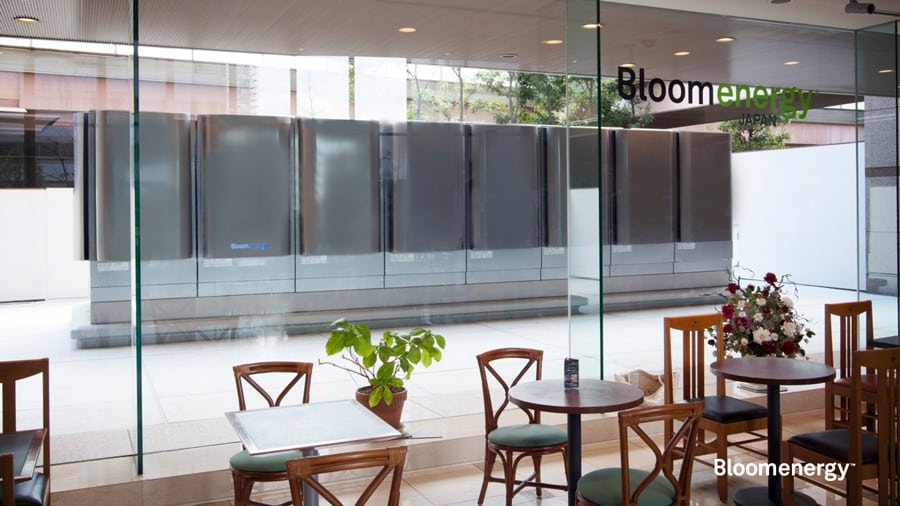
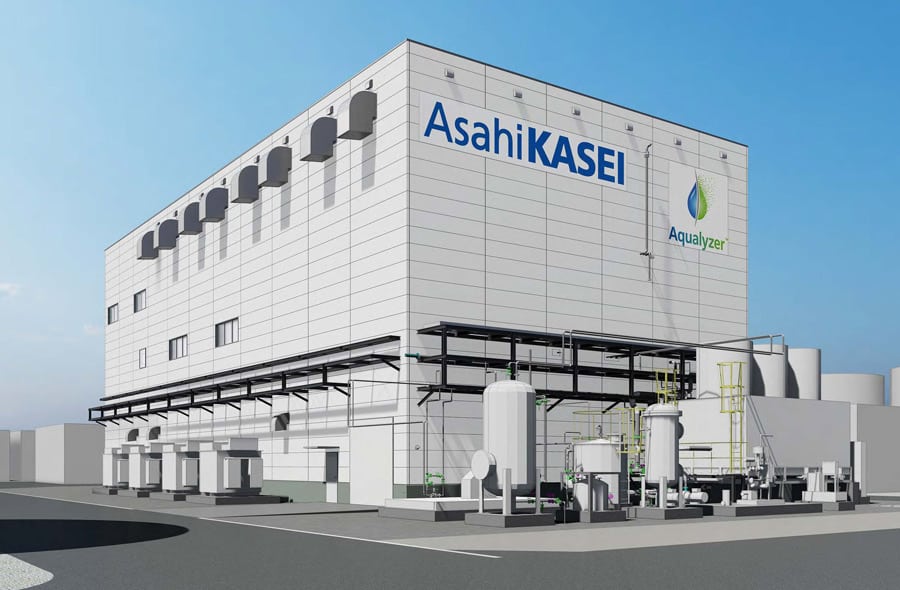
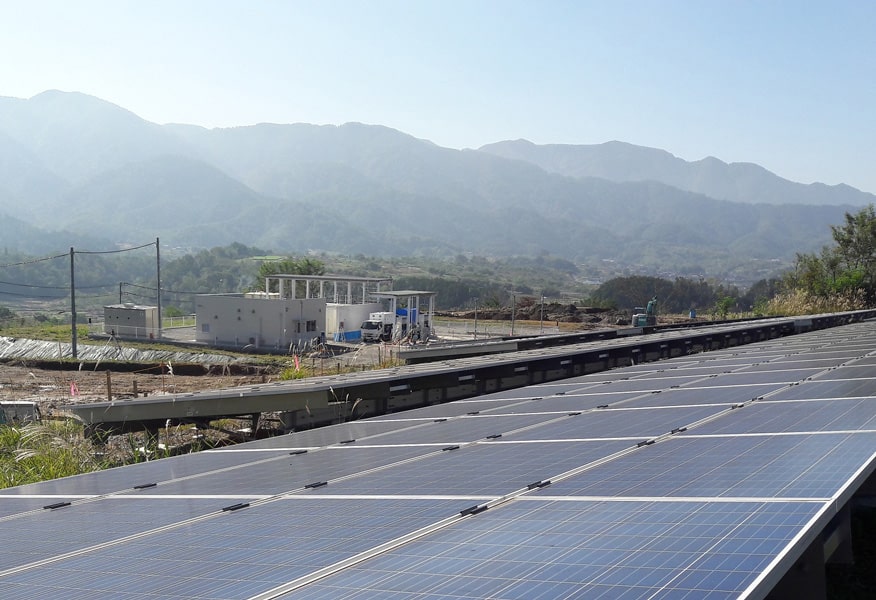
Using 165 watts of Solar or Wind Energy to produce 1 Litre of hydrogen gas every 8 Seconds at 100 psi. which can be brought up to 3300 psi. (228 bar) to 4300 psi. (296 bar).
Prototype now running 1.5 years without failure, H2 for 1 KW FCell 24×7.
http://thomasinstitute.weebly.com